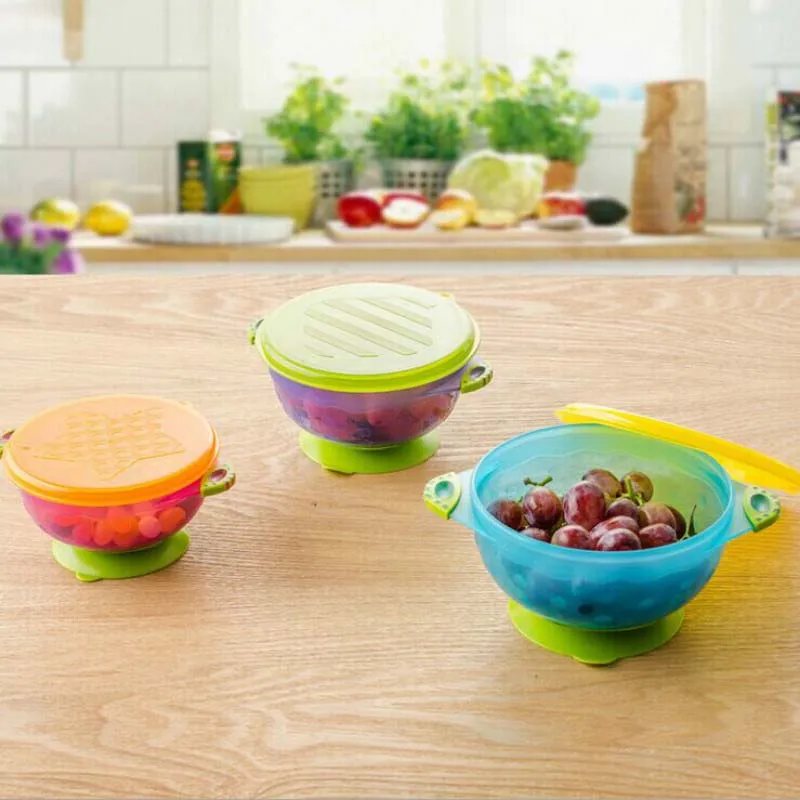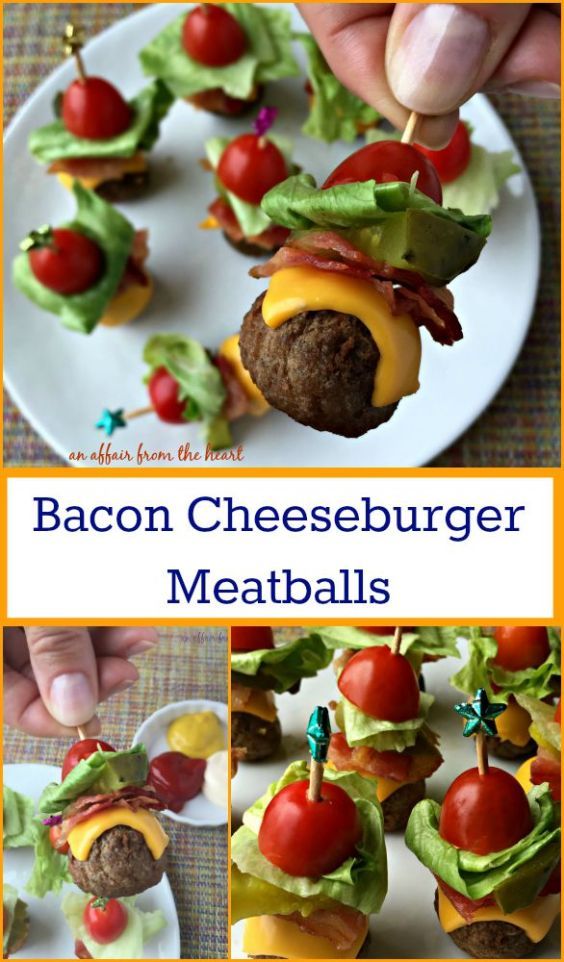Blended food for babies
Baby Food Recipes & Blends
To get your baby on track to become a lover of good, healthy food, it’s important to start early. Nix highly processed foods in favor of homemade puréed baby foods and blends that combine nutritious and delicious flavors. Continually exposing your child to colorful and delicious flavors will set a pattern and help guide your baby to grow up and reach nourishing whole foods when they’re hungry. We have ten exciting baby food recipes for your baby’s first year. You can blend these to any consistency, but remember that a baby’s ability to chew and swallow varies widely in the early months of eating solids. Be sure to never feed your baby something chunkier than they—or their little teeth—can handle.
FRUIT SOUPS
Think applesauce but with different fruit mixes. Hard fruits like pears and apples will need to be cooked first. Things like bananas and blueberries can simply be mashed. (Strain berries with large seeds like raspberries.) Experiment with different fruits, combinations, and even spices like cinnamon, allspice, and nutmeg. As babies grow older, are able to swallow thicker textures (and get teeth!), let these soups and purees get chunkier, and try leaving skins on.
FRUIT SMOOTHIES
Whip a little unsweetened yogurt into your fruit soup puree and you’ve got a delicious smoothie. Add a drop or two of vanilla or some citrus zest for a fun flavor boost.
SUMMER VEGETABLE MEDLEY
Boil carrots, peas, green beans, and summer squash until cooked in just enough water to cover. Puree, adding some of the cooking water to reach your babe’s desired consistency. When she reaches the just-around-the-corner toddler years, this counts as sauce for pasta receipes.
STEWS
Puree rich combinations of organic meats, vegetables, and herbs and spices into a satisfying blend that introduces a nearly endless variety of new flavors. Go for a classic beef stew with parsnips and peas. Don’t forget a fish stew, fragrant with coconut oil.
EGG SCRAMBLES
It used to be that people waited until after the first year to offer egg yolks.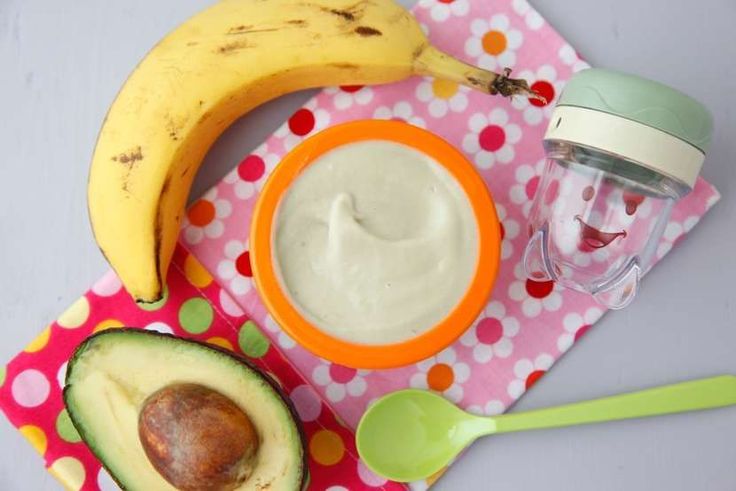 If you have no history of egg allergy in your family and your baby is healthy, and has not already shown an allergic reaction, then the new guidelines suggest you can introduce eggs as early as six months. Cook yours with some cheese, a bit of pureed broccoli, and maybe even a pinch of onion powder for a full-flavored, finger-friendly treat.
If you have no history of egg allergy in your family and your baby is healthy, and has not already shown an allergic reaction, then the new guidelines suggest you can introduce eggs as early as six months. Cook yours with some cheese, a bit of pureed broccoli, and maybe even a pinch of onion powder for a full-flavored, finger-friendly treat.
SQUASH MASH
Bake any variety of squash or even yams. Mash together with some parmesan cheese and—if you dare—a pinch of mild chili powder. For a treat, combine with butter and cinnamon. Water can be added to make these purees less thick for the youngest among us.
LENTILS
These tiny legumes are really a perfect baby food. They can be blended with almost any steamed vegetable, fruit, or cooked grain for that matter. Add some basil and oregano for an extra taste bud-blooming kick. To work on the pincher grasp, put a few well cooked and unblended lentils on a high chair tray and watch your babe ‘go to town’.
MEATBALLS
Use organics ground turkey or grass-fed beef in any recipe that includes flavorful herbs and ingredients, like parmesan cheese, that together supply a complex taste profile. Blend for early eaters, and offer tiny non-choking-sized pieces to those toothy babies who are pushing twelve months.
Blend for early eaters, and offer tiny non-choking-sized pieces to those toothy babies who are pushing twelve months.
PASTA
Simmer bite-sized chopped vegetables like sweet red peppers, onion, carrot, and tomato together until soft. Add ground meat if you like, with herbs like parsley, basil, and oregano. Serve with whole-wheat pastina or small-sized gluten-free quinoa pasta and a sprinkling of cheese—try bolder Romano instead of parmesan. Can easily be blended or pureed.
GREAT GREENS
Calling all mini Popeyes! Kale, spinach, beet greens and more, sautéed in olive oil with garlic until soft don’t need to be blended. But finely chopped or pureed with fresh tomato and maybe a whole grain of choice (have you tried barley yet?), they’re divine.
FRUIT SOUPS
Think applesauce but with different fruit mixes. Hard fruits like pears and apples will need to be cooked first. Things like bananas and blueberries can simply be mashed. (Strain berries with large seeds like raspberries. ) Experiment with different fruits, combinations, and even spices like cinnamon, allspice, and nutmeg. As babies grow older, are able to swallow thicker textures (and get teeth!), let these soups and purees get chunkier, and try leaving skins on.
) Experiment with different fruits, combinations, and even spices like cinnamon, allspice, and nutmeg. As babies grow older, are able to swallow thicker textures (and get teeth!), let these soups and purees get chunkier, and try leaving skins on.
FRUIT SMOOTHIES
Whip a little unsweetened yogurt into your fruit soup puree and you’ve got a delicious smoothie. Add a drop or two of vanilla or some citrus zest for a fun flavor boost.
SUMMER VEGETABLE MEDLEY
Boil carrots, peas, green beans, and summer squash until cooked in just enough water to cover. Puree, adding some of the cooking water to reach your babe’s desired consistency. When she reaches the just-around-the-corner toddler years, this counts as sauce for pasta receipes.
STEWS
Puree rich combinations of organic meats, vegetables, and herbs and spices into a satisfying blend that introduces a nearly endless variety of new flavors. Go for a classic beef stew with parsnips and peas. Don’t forget a fish stew, fragrant with coconut oil.
Go for a classic beef stew with parsnips and peas. Don’t forget a fish stew, fragrant with coconut oil.
EGG SCRAMBLES
It used to be that people waited until after the first year to offer egg yolks. If you have no history of egg allergy in your family and your baby is healthy, and has not already shown an allergic reaction, then the new guidelines suggest you can introduce eggs as early as six months. Cook yours with some cheese, a bit of pureed broccoli, and maybe even a pinch of onion powder for a full-flavored, finger-friendly treat.
SQUASH MASH
Bake any variety of squash or even yams. Mash together with some parmesan cheese and—if you dare—a pinch of mild chili powder. For a treat, combine with butter and cinnamon. Water can be added to make these purees less thick for the youngest among us.
LENTILS
These tiny legumes are really a perfect baby food.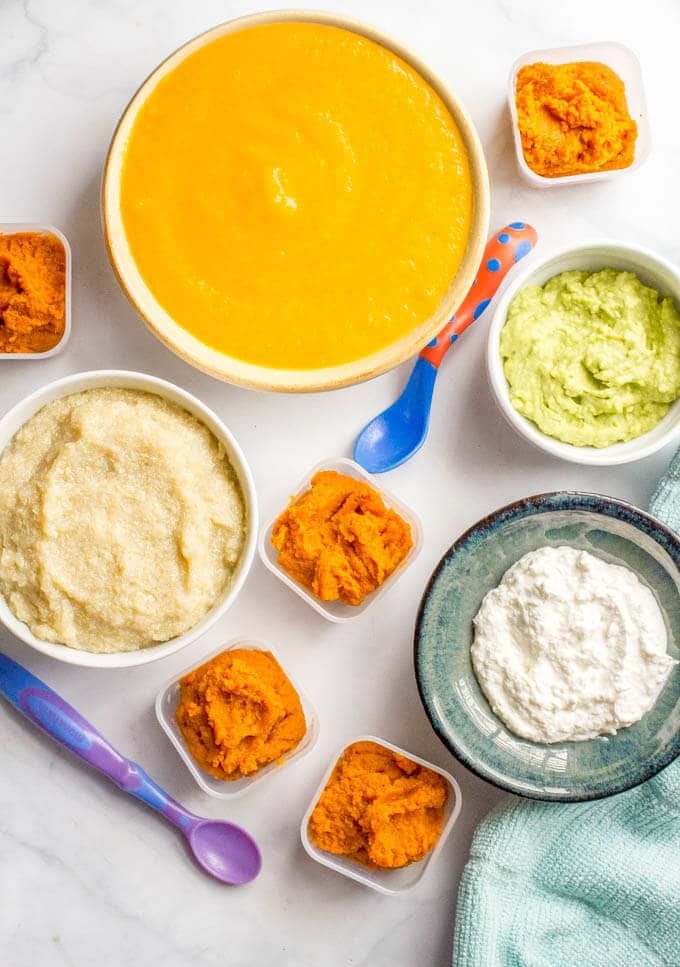 They can be blended with almost any steamed vegetable, fruit, or cooked grain for that matter. Add some basil and oregano for an extra taste bud-blooming kick. To work on the pincher grasp, put a few well cooked and unblended lentils on a high chair tray and watch your babe 'go to town'.
They can be blended with almost any steamed vegetable, fruit, or cooked grain for that matter. Add some basil and oregano for an extra taste bud-blooming kick. To work on the pincher grasp, put a few well cooked and unblended lentils on a high chair tray and watch your babe 'go to town'.
MEATBALLS
Use organics ground turkey or grass-fed beef in any recipe that includes flavorful herbs and ingredients, like parmesan cheese, that together supply a complex taste profile. Blend for early eaters, and offer tiny non-choking-sized pieces to those toothy babies who are pushing twelve months.
PASTA
Simmer bite-sized chopped vegetables like sweet red peppers, onion, carrot, and tomato together until soft. Add ground meat if you like, with herbs like parsley, basil, and oregano. Serve with whole-wheat pastina or small-sized gluten-free quinoa pasta and a sprinkling of cheese—try bolder Romano instead of parmesan. Can easily be blended or pureed.
Can easily be blended or pureed.
GREAT GREENS
Calling all mini Popeyes! Kale, spinach, beet greens and more, sautéed in olive oil with garlic until soft don’t need to be blended. But finely chopped or pureed with fresh tomato and maybe a whole grain of choice (have you tried barley yet?), they’re divine.
Tags
- First 1000 Days
- First Foods
Best easy, nutritious puree recipe ideas for weaning babies
By the time your baby's nearing 6 months old, your thoughts will turning to weaning them onto solids. And if you're thinking of starting off with purees or with a combination of purees and finger food, you'll need plenty of ideas up your blending and mashing sleeves – to make sure your baby's getting a good variety of different tastes and flavours.
Purees (cooked or uncooked fruit and vegetables blended to a soft, semi-liquid consistency) are easy starter foods for weaning babies to swallow, as the texture is so smooth.
You may want to start by offering a single vegetable (such as carrot) or single-fruit (such as apple) puree but, in no time at all, you'll be mixing different fruit and veg together in more flavoursome combinations – and adding protein in the form of cheese, lentils, meat or fish.
And though you should be starting to move your baby onto lumpier food by 7 or 8 months, many purees still have a place beyond this point – as a veggie sauce for pasta, for example, or as a fruity dessert, stirred into yoghurt.
Here's our pick of the best baby puree recipes for weaning babies...
1. Carrot puree
One of the go-to purees for those very first mouthfuls. Suitable from 6 months.
2. Simple apple puree
A super-quick-to-make starter puree – that makes a lovely dessert at all ages. Suitable from 6 months.
Suitable from 6 months.
3. Banana and apple puree
A delicious 2-fruit puree. Lovely combined with yoghurt or porridge, too. Suitable from 6 months.
Save 33% off Baby Show tickets for Oct 2022 with MadeForMums
Save £8 off door price with this MFM link plus don't miss your chance to buy a Goody Bag!
4. Sweet potato puree
A tasty first-flavours puree, packed with vitamin C. Suitable from 6 months.
5. Simple pear puree
The quickest of single-fruit purees to make for your baby. Suitable from 6 months.
6. Butternut squash puree
Made with roasted squash and a drizzle of olive oil. Suitable from 6 months.
6. Courgette, pea and kale puree
A green-veg trio that takes less than 20 minutes to cook and makes 8 portions. Suitable from 6 months.
7. Broccoli and sweet potato puree
A tasty 2-veg combo that blends very easily.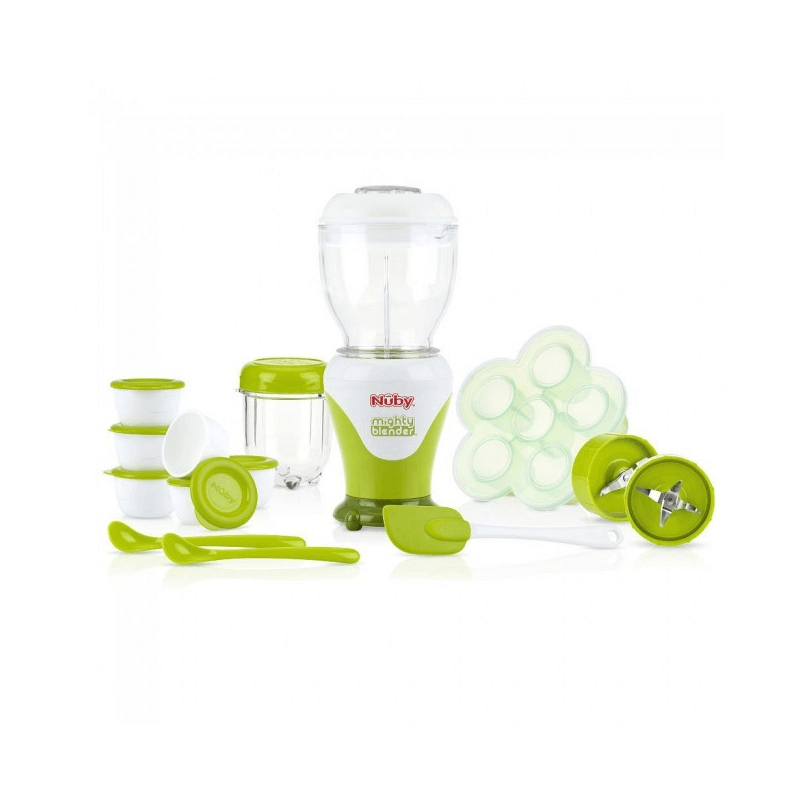 Suitable from 6 months.
Suitable from 6 months.
8. Sweet potato and basil puree
It's never too early to add a little herby twist to your baby's first foods. Suitable from 6 months.
9. Sweet potato and pear puree
A freezer-friendly puree that makes up to 10 portions. Suitable from 6 months.
10. Pear and rice puree
A super-speedy, slightly textured puree that takes 15 minutes, top. Suitable from 6 months.
11. Parsnip and pea puree
Just add frozen peas to the pan that's cooking your parsnip chunks: dead simple. Suitable from 6 months.
12. Avocado and mint puree
A lovely, refreshing no-cook puree. Suitable from 6 months.
13. Pear and swede puree
This is a nice sweet-and-savoury-combo puree. Suitable from 6 months.
14. Annabel Karmel's blueberry, pear and banana puree
A speedy and gorgeous-looking 3-fruit puree. Suitable from 6 months.
Suitable from 6 months.
15. Butternut squash and carroty mash with thyme
This 2-veg-plus-potato puree has a lovely fresh, herby flavour. Suitable from 6 months.
16. Spiced apple puree
Jazz up a simple fruit puree with a touch of nutmeg and cinnamon. Suitable from 6 months.
17. Butternut squash and banana puree
Roasted squash upscaled with mashed-in ripe banana. Suitable from 6 months.
18. Spinach and roasted carrot puree
Easy to make – and packed with flavour. Suitable from 6 months.
19. Avocado and pear puree
Make this unusually delicious green puree with tinned pears and there's no cooking at all. Suitable from 6 months.
20. Orchard fruit puree
A 10-minute apple, cherry and peach yum-fest. Suitable from 6 months.
21. Summer berry puree
A quick and easy fruity medley of blueberries, strawberries and raspberries. Suitable from 6 months.
Suitable from 6 months.
22. Annabel Karmel's salmon surprise puree
A deliciously cheesy, carroty salmon puree, with a touch of orange juice. Makes 3 portions. Suitable from 6 months.
23. Tropical fruit puree
A mango, banana and papaya special. Suitable from 6 months.
24. Annabel Karmel’s peach, apple and strawberry puree
A summery medley of fruits, made just a little thicker with baby rice. Suitable from 6 months.
25. Annabel Karmel’s potato, carrot and sweetcorn puree
Masses of veg, all cooked and pureed together. Suitable from 6 months.
26. Butternut squash and apricot puree
An unusual – but delicious – flavour combination to try. Suitable from 6 months.
27. Annabel Karmel’s apricot, apple and pear puree with vanilla
A classy puree, made with real vanilla pods. Suitable from 6 months.
28.
 Blueberry, apple and peach puree
Blueberry, apple and peach pureeA super-quick melange of fruits that can be bulked up with yoghurt or mashed banana. Suitable from 6 months.
29. Apple, pear and apricot puree
A 3-fruit puree that, with a drop of yoghurt, makes a really tasty breakfast Suitable for babies from 6 months.
30. Sweet potato and lentil puree
A throw-in-the-pot-and-simmer puree with loads of flavour. Suitable from 6 months.
31. Cheesy carrot, parsnip and potato puree
Root vegetables and cheese make perfect puree partners. Suitable from 6 months.
32. Courgette and cauliflower puree
A 2-veg puree (you can use frozen cauliflower pieces) that makes up to 5 portions.
Read more:- Pasta recipes for babies
- Dairy-free recipes for babies
- Fish recipes for babies
What is mixed, artificial and natural feeding
Reviewer Kovtun Tatiana Anatolievna
11359 views
September 27, 2021
Login or register to save articles and products to your favorites
Feeding is the process of feeding a newborn. All babies need special nutrition: in the first years of life, active growth occurs, immunity is laid. Therefore, it is important that the child's body receives the right amount of fluid, minerals, vitamins and other nutrients.
All babies need special nutrition: in the first years of life, active growth occurs, immunity is laid. Therefore, it is important that the child's body receives the right amount of fluid, minerals, vitamins and other nutrients.
In the first months of life, the child receives breast milk or infant formula. Depending on which of these dairy products prevails in the child's diet, there are natural, mixed and artificial feeding. What is behind each?
Breastfeeding
The answer is hidden in the name itself: the baby eats breast milk. Experts are unanimous in their opinion: breast milk is the best food for a baby, and it is imperative to keep it at least up to 12 months. Breast milk contains a huge amount of nutrients and nutrients necessary for a child. In addition, each woman's breast milk is unique and fits - like a key to a lock - just for her child.
There are several types of breastfeeding:
- when the mother breastfeeds the child herself;
- the child feeds on mother's expressed breast milk from a bottle or other device;
- when the baby receives donor breast milk according to indications and only after consulting a doctor.
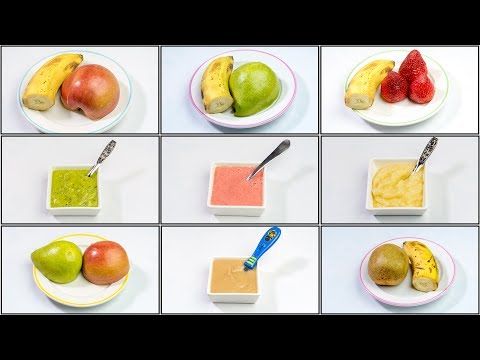
How to breastfeed
Although breastfeeding is a natural process, it needs to be "tuned in". In the first half hour after birth, the baby is applied to the chest, where he will drink only 3-5 milliliters of colostrum - a concentrated secret of the mammary glands, which is produced from the end of pregnancy and in the first days after childbirth. Colostrum is rich enough in nutrients, immune and other beneficial factors to meet the needs of a newborn baby.
In the next few days, the baby will eat colostrum, and only by the end of the first week after birth, the mother will have transitional, and then mature milk, which will become the basis of the diet of a newborn baby and a baby in the first months of life.
At first, it will be better to stick to free feeding, putting the baby to the breast on demand, about every 2-3 hours during the day and every 3-4 hours at night. The method of attachment to the breast, the features of the breastfeeding technique should be discussed with the pediatrician.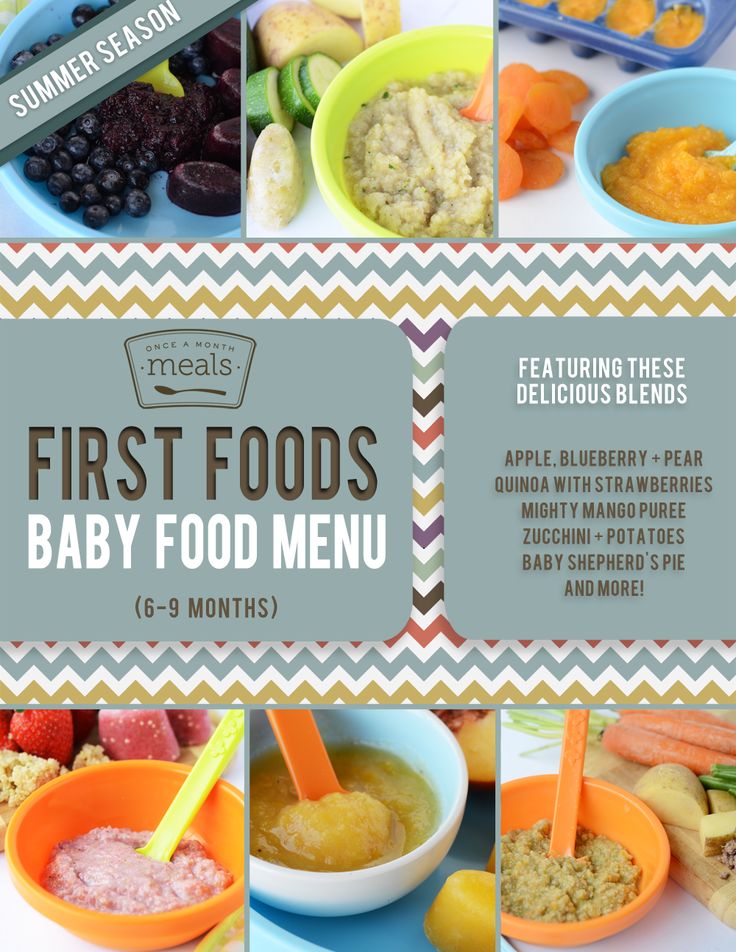
On the recommendation of the pediatrician who observes the baby, between 4 and 6 months of the child's life, complementary foods begin to be introduced against the background of breastfeeding. Complementary foods are all products, except for women's milk and infant formula, that supplement the diet with the nutrients necessary to ensure the further growth and development of the child.
Your paediatrician will determine the timing, schedule, and first foods for your baby's complementary foods. FrutoNyanya baby food has a special line of products that is suitable for the first complementary foods. It's called FIRST CHOICE.
Formula feeding
Artificial feeding, or feeding, is the feeding of a child only with infant milk mixtures. Here, the pediatrician determines the indications for the transition to artificial feeding and selects the appropriate mixture for the child. There are many types of baby milk formulas: a formula-fed child can use a formula for healthy babies, as well as a specialized or therapeutic formula if he has any health problems.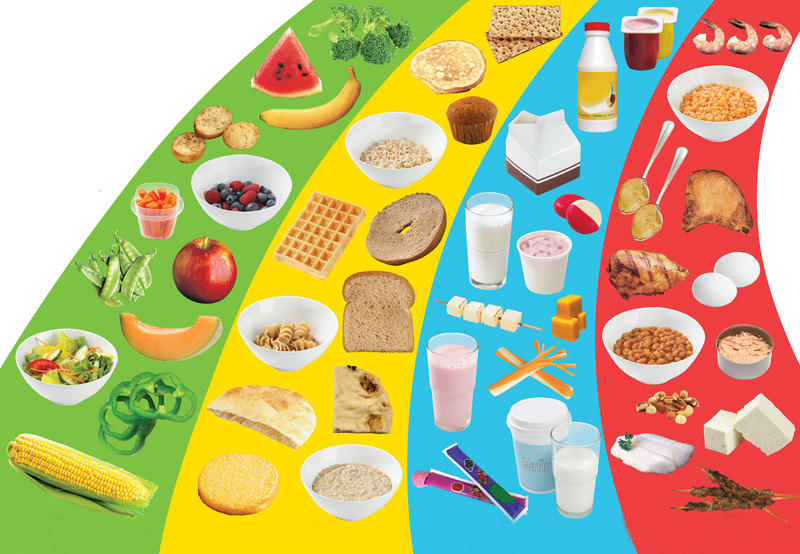
Infant formula
Mixed feeding is the feeding of a child with breast milk, including mother's expressed or donor milk, in any combination with an adapted milk formula. How to organize mixed feeding, the pediatrician will tell you. This is usually done on demand. Such feeding is resorted to when there is not enough breast milk. Malnutrition, the need and volume of supplementary feeding with a mixture is determined by the doctor when examining the baby.
There are several recommendations for mothers of babies who are on natural or mixed feeding:
- crumbs should be applied alternately to both breasts;
- for supplementary feeding, it is worth using nipples and bottles, individually selected for the child in shape, volume and other parameters, depending on the age of the baby;
- , you need to correctly calculate the required amount of the mixture - only a pediatrician can do this, taking into account all the individual characteristics of the development and health of the baby.
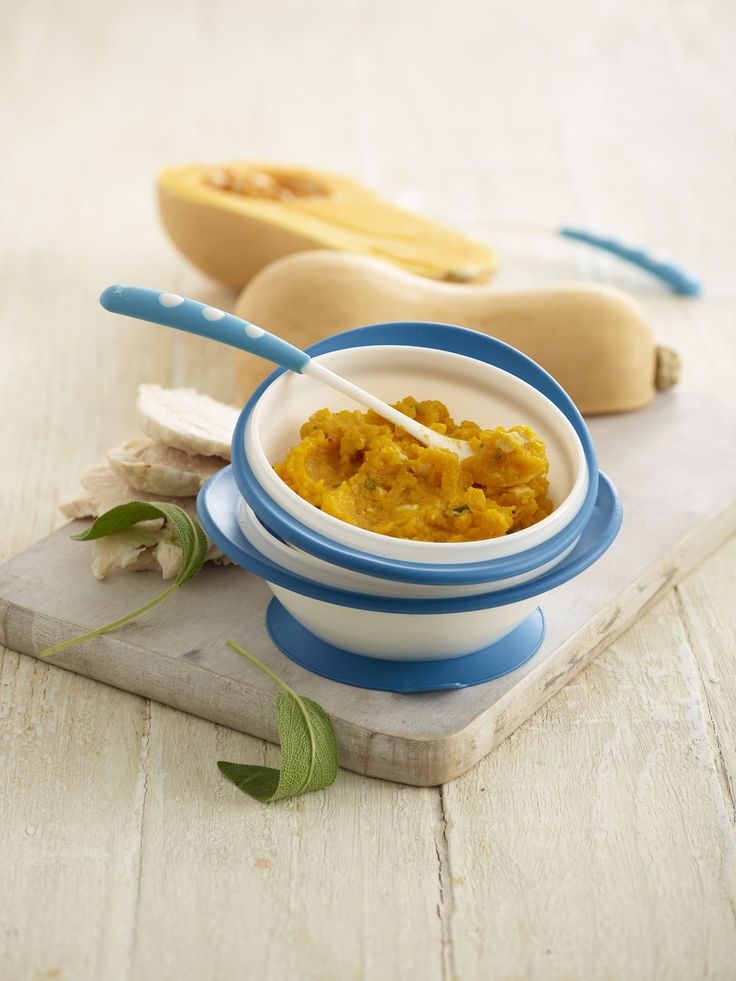
Grow healthy!
Reviewer Kovtun Tatiana Anatolievna
Scientific adviser to PROGRESS JSC, Ph.D. Scheme and diet, menu for mixed feeding
Co-author, editor and medical expert - Klimovich Elina Valerievna.
Number of views: 62 694
Date last updated: 09/22/2022 , which means switching to mixed feeding. It is recommended to make a decision on the transfer of a newborn to mixed feeding together with a pediatrician who will help you choose the right mixture.
Content:
When do mothers switch to mixed feeding?
How to organize mixed feeding?
When do mothers switch to mixed feeding?
1. Deficit of own milk
In some cases, even if the mother breastfeeds the baby on demand, the baby may still remain hungry and gain weight poorly. This is often evidenced by loud crying after eating. In this case, experts speak of hypolactia, when milk production is reduced due to a hormonal disorder.
This is often evidenced by loud crying after eating. In this case, experts speak of hypolactia, when milk production is reduced due to a hormonal disorder.
The “wet diaper” method will help to make sure that the baby really does not have enough milk. Do not put "diapers" on your baby and count the number of his urination in one day. From two weeks of age to six months, the result is evaluated as follows: if you counted 12 or more wet diapers, then you have nothing to worry about, 8–10 wet diapers indicate that lactation has decreased, 6 or less - the child does not have enough milk, and urgent action should be taken.
Tip! Today there are many ways to increase lactation, but if they do not help, you should consult a pediatrician who will choose the right formula for supplementary feeding.
2. Lack of calories
Some mothers think that their milk is not nutritious enough. Most often, they come to such conclusions by expressing clear milk with a bluish tinge. But it cannot be nonnutritive or nutritious. Milk is “rear”, saturated white, thicker and fatter (for a child, this is “food”), and “front”, liquid with a bluish tint (“drink”).
But it cannot be nonnutritive or nutritious. Milk is “rear”, saturated white, thicker and fatter (for a child, this is “food”), and “front”, liquid with a bluish tint (“drink”).
Tip! If the amount of urination is normal, but the baby is not gaining weight, then you need to think about whether your baby is getting "hind" milk. To do this, offer him only 1 breast during 1 feeding.
3. Coming to work
Some mothers have to reduce the number of feedings after going to work. And their first impulse is to switch to mixed feeding. But you should always remember that the best food for a child is mother's milk. If you want to go to work, try to prepare for this in advance. Make a "strategic stock" of breast milk in the freezer so your baby always has food, even when you're not around.
Tip! If you plan to go to work when your baby has started to receive complementary foods, then try to arrange meals so that complementary foods are given to him in your absence. So you will have the opportunity to reduce the amount of formula or defrosted in his diet
So you will have the opportunity to reduce the amount of formula or defrosted in his diet
Up to content
How to organize mixed feeding?
Mixed nutrition has its own characteristics, which are very important for a nursing mother to know.
Basic rules for mixed feeding:
- The timing of the introduction of complementary foods depends on the amount of breast milk the baby receives. If it is 50-70%, then it is administered as with breastfeeding (at 6 months). If less than 50% of breast milk is present in the baby's diet, then complementary foods can be introduced at the age of 5 months.
- Always offer the breast first. Only if you see that the baby is not full, and the breasts are empty, then give him a mixture. It also helps increase lactation. The mixture should be introduced gradually. On the first day - 10 ml / 1 time, the second - 10 ml / 3 times, the third - 20 ml / 3 times. Increase the portion, bringing it to the norm.

- At night, only the breast should be given to the baby, and formula should be avoided. This is due to the fact that from 3 to 8 in the morning, prolactin is actively produced, which is responsible for lactation.
- Feed according to schedule (every 3-4 hours) and breastfeed on demand.
- Keep water boiled and utensils and formula sterile. You need to cook right before eating.
- Use a spoon instead of a bottle for complementary foods. Then you can avoid breast rejection.
- Remember that mixed-fed babies should be given water, as dehydration can lead to poor digestion.
Follow these simple rules and try to keep your baby breastfed for as long as possible. Your milk, even though it's not your baby's only food, contains invaluable trace minerals that will keep your baby healthy and strong.
Back to Contents
The information in this article is for reference only and does not replace professional medical advice.



